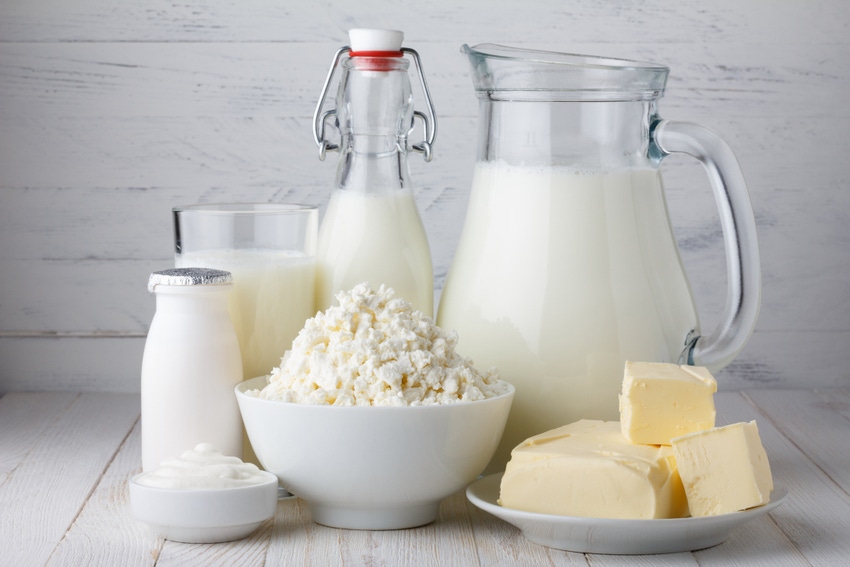New database contains information on more than 2,300 metabolites found in bovine milk.
April 17, 2019

Milk is a dietary staple full of key nutrients such as protein, carbohydrates, fats and vitamins. Now, scientists with the University of Alberta have report in the American Chemical Society's (ACS) Journal of Agricultural & Food Chemistry a comprehensive, centralized database of all known bovine milk compounds.
Given its popularity, cow’s milk has been the subject of numerous scientific studies in recent history, ACS said in an announcement. There are thousands of known components in the liquid, but the data are scattered throughout the literature. Also, analyzing milk can be a complex undertaking, as it can vary in amount of and identities of its constituent compounds, depending on the breed of cow, type of feed and other factors.
Using targeted chemical analyses has provided a large amount of data on specific compounds, but none have been able to both fully identify and quantify the makeup of bovine milk, ACS said.
That’s why David Wishart and colleagues at the University of Alberta set out to perform a multi-tiered analysis that provides the most complete picture to date.
To build a database of bovine milk components, the researchers applied a combination of experimental technologies and literature text mining, according to the announcement.
For their experimental work, they assessed commercially purchased skim, 1%, 2% and whole milk with four different spectrometric technologies. They identified and measured various substances in milk, including metal ions, vitamins, organic acids and amino acids.
For the computer analysis part of the study, the researchers used a series of digital text-mining tools to find published chemical information on dairy compounds.
The data from the project are freely available at the Milk Composition Database. More than 2,300 metabolite entries are in the database, and 160-plus of these substances were reported on for the first time in cow’s milk.
The authors acknowledge funding from the Canadian Institutes of Health Research, Alberta Innovates-Bio Solutions, Alberta Livestock & Meat Agency, Genome Alberta and Genome Canada.
Source: American Chemical Society, which is solely responsible for the information provided and is wholly owned by the source. Informa Business Media and all its subsidiaries are not responsible for any of the content contained in this information asset.
You May Also Like

.png?width=300&auto=webp&quality=80&disable=upscale)

